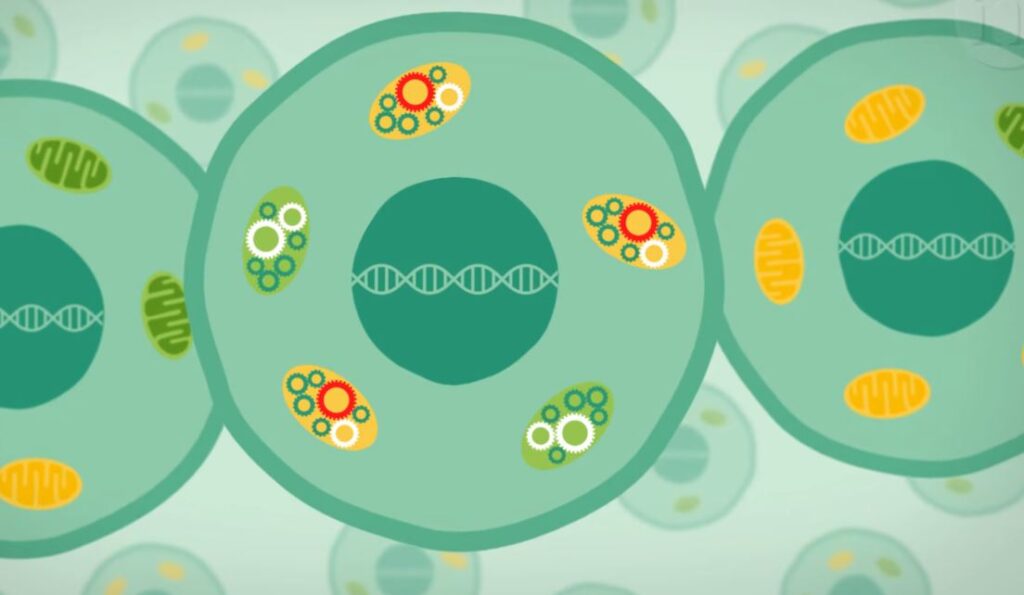
The mitochondria, which are tiny power plants at the center of every cell, produce the energy needed for life. However, this system starts to malfunction when the POLG gene mutates, leading to a series of health issues that impact vital organs like the liver, the nervous system, and muscles. Because POLG mitochondrial disease exhibits a confusing range of symptoms, early detection and intervention are especially important, in contrast to many genetic disorders that have a linear trajectory.
Why Diagnosing POLG Disease Is So Challenging
The unpredictable nature of POLG disease is one of its most difficult features. While some patients don’t have any discernible health problems until well into adulthood, others start to exhibit symptoms in their early childhood. Since almost every bodily function depends on mitochondria, the symptoms of POLG-related mitochondrial disease can range widely, from liver failure and muscle atrophy to epilepsy and cognitive decline.
Key Facts About POLG Mitochondrial Disease
| Category | Details |
|---|---|
| Scientific Name | POLG-Related Mitochondrial Disease |
| Genetic Cause | Mutations in the POLG gene, affecting mitochondrial DNA replication |
| Primary Symptoms | Seizures, muscle weakness, vision problems, liver failure |
| Subtypes | Alpers-Huttenlocher Syndrome, Ataxia Neuropathy Spectrum, Progressive External Ophthalmoplegia (PEO) |
| Affected Organs | Brain, nerves, liver, muscles, eyes |
| Risk Factors | Inherited genetic mutations, family history |
| Treatment Methods | Symptom management, physical therapy, dietary support |
| Prognosis | Varies based on severity; early intervention improves outcomes |
| Reference | The POLG Foundation |
The Spectrum of Symptoms: How POLG Disease Manifests at Different Ages
While some genetic conditions follow a predictable progression, POLG mitochondrial disease is notably unpredictable.
- Infants and Young Children: Early symptoms often include severe epilepsy, developmental regression, and liver dysfunction.
- Adolescents and Young Adults: Many experience ataxia (loss of coordination), muscle fatigue, and nerve damage leading to peripheral neuropathy.
- Adults Over 40: Symptoms may involve progressive vision problems, drooping eyelids (ptosis), muscle weakness, and movement disorders resembling Parkinson’s disease.
This wide range of manifestations makes early genetic testing essential for those showing neurological or muscular abnormalities.
How POLG Disease Disrupts the Body’s Essential Systems
The POLG gene plays a vital role in maintaining mitochondrial DNA, ensuring proper energy production at the cellular level. When this process is disrupted, the consequences can be devastating:
- Neurological Symptoms: Seizures, cognitive decline, and psychiatric disorders like depression
- Muscular and Motor Impairment: Muscle weakness, myopathy, loss of coordination, and involuntary muscle movements
- Liver and Gastrointestinal Dysfunction: Severe cases may lead to liver failure, vomiting, diarrhea, and metabolic imbalances
- Cardiac and Vision Issues: Some patients develop cardiomyopathy, optic atrophy, and progressive vision loss
Why Many Patients Go Undiagnosed for Years
POLG disease is one of the most commonly misdiagnosed genetic disorders due to the variability of its symptoms. Since their symptoms resemble those of multiple sclerosis, Parkinson’s disease, or epilepsy, many people are initially given the wrong diagnosis.
Accurate diagnosis requires a combination of tests, including:
- Genetic sequencing to detect POLG mutations
- MRI or CT brain scans to identify structural abnormalities
- Electroencephalogram (EEG) to track seizure activity
- Muscle and nerve function tests to assess motor impairment
The Current Landscape of Treatment: Managing the Symptoms, Not the Cause
Despite the devastating impact of POLG disease, there is currently no cure. However, symptom management strategies can significantly enhance quality of life:
- Seizure Control: Anticonvulsants, except for valproate, which can worsen liver dysfunction
- Physical Therapy: To slow muscle deterioration and maintain coordination
- Speech and Occupational Therapy: To address communication difficulties and motor impairments
- Dietary Adjustments: Small, frequent meals to counteract gastrointestinal complications
The Future of POLG Research: A Race Against Time
Advances in gene therapy, mitochondrial replacement techniques, and targeted drug development are offering new hope. Scientists are exploring:
- Gene-editing technology to repair POLG mutations
- Mitochondrial transfer therapy to introduce healthy mitochondria into affected cells
- Small-molecule drugs aimed at improving mitochondrial efficiency
While a cure remains elusive, these breakthroughs could revolutionize treatment within the next decade.
FAQs About POLG Mitochondrial Disease
Is POLG disease always fatal?
It depends on severity. Early-onset cases are often life-threatening, while later-onset forms can be managed with treatment.
Can POLG disease be cured?
Not yet, but ongoing clinical trials and genetic research offer promising new possibilities.
How is POLG disease inherited?
Most cases follow an autosomal recessive pattern, meaning both parents must carry the mutation for their child to develop the disease.
The Power of Awareness: The Importance of Early Detection
One of the most underdiagnosed genetic disorders is POLG mitochondrial disease. The advancement of treatment options depends on increasing awareness, expanding access to genetic screening, and providing funding for mitochondrial research. For people with POLG disease and their families, every advancement gives them hope for a time when the illness won’t be a life sentence.
